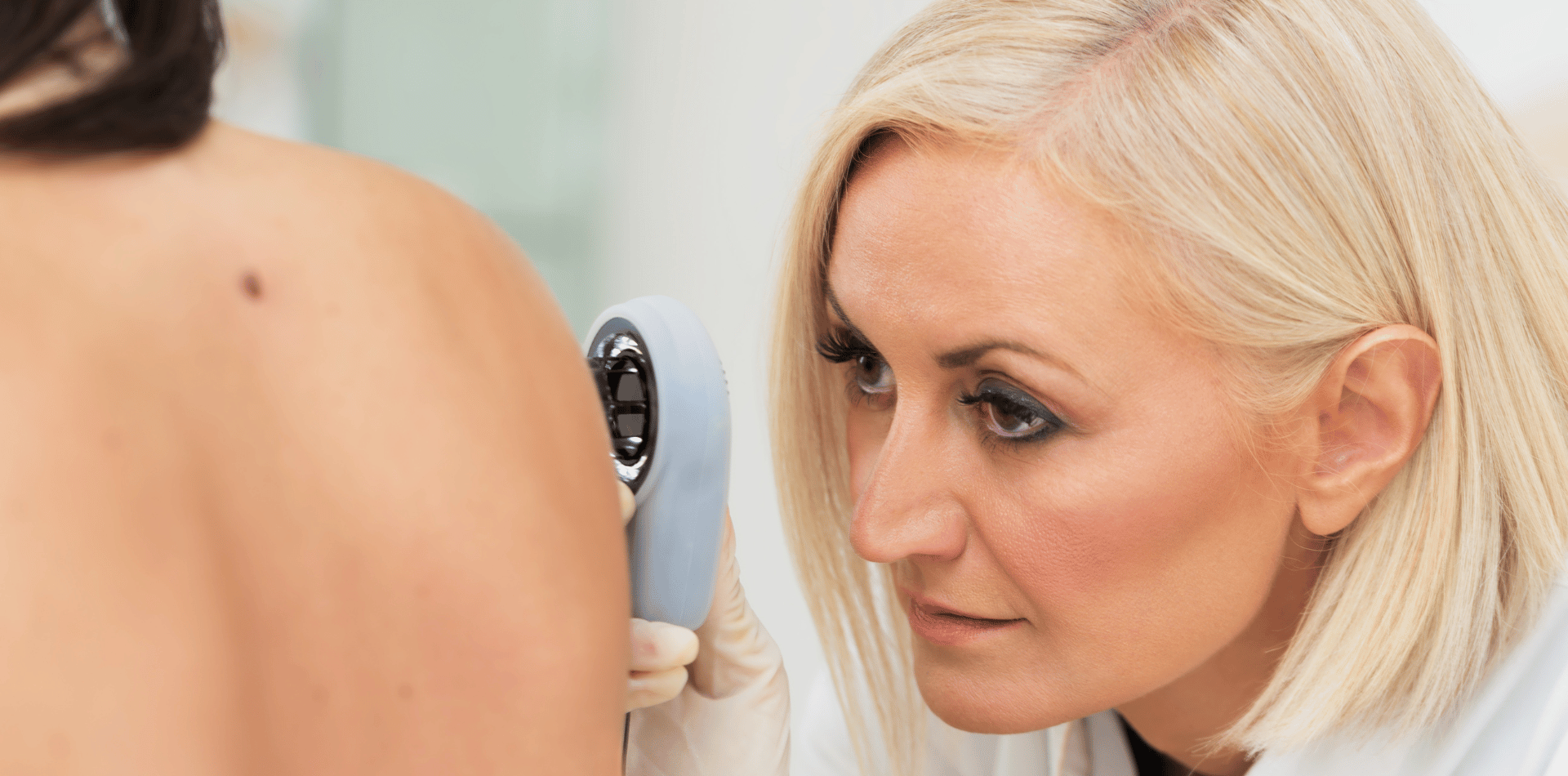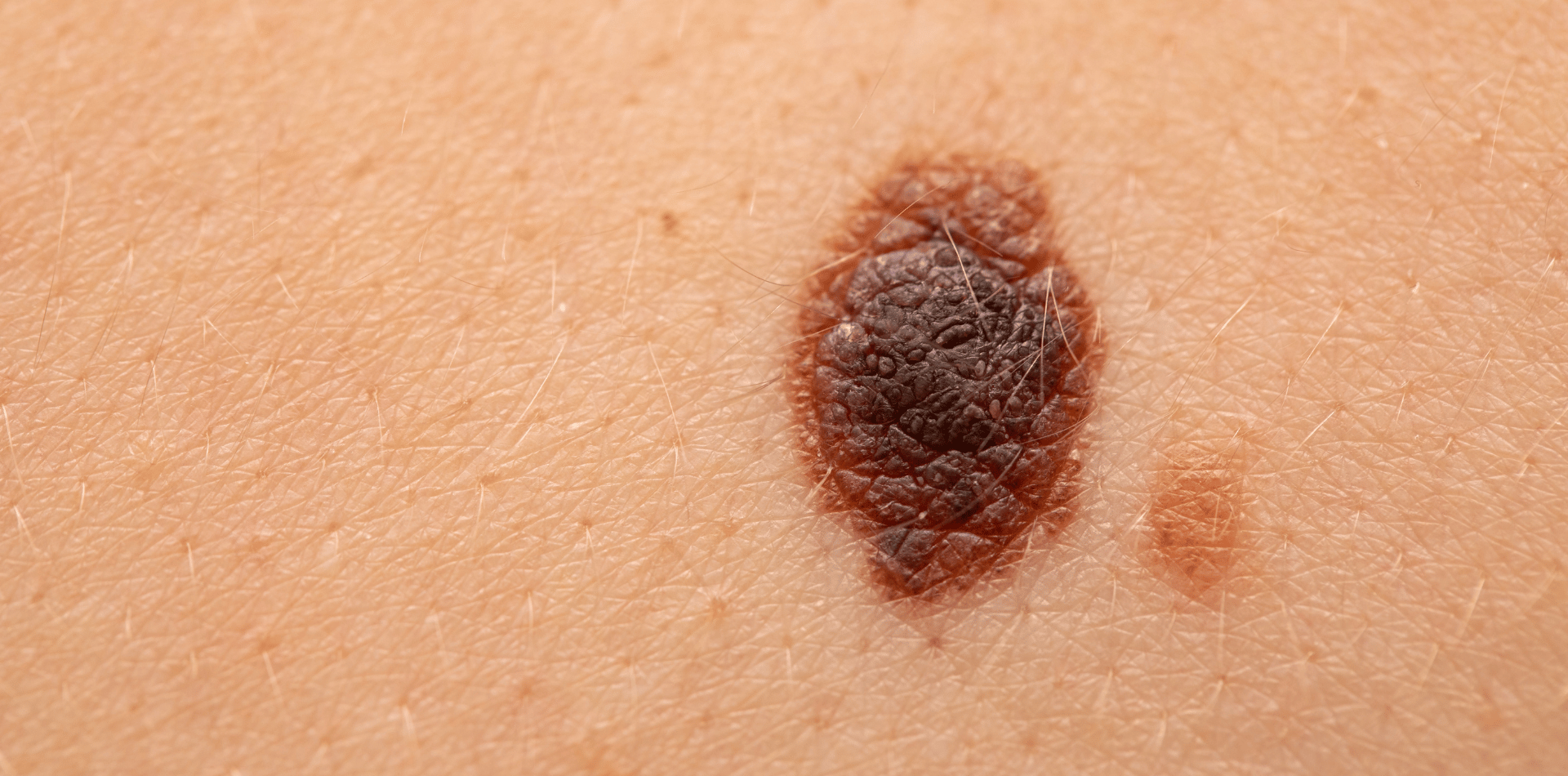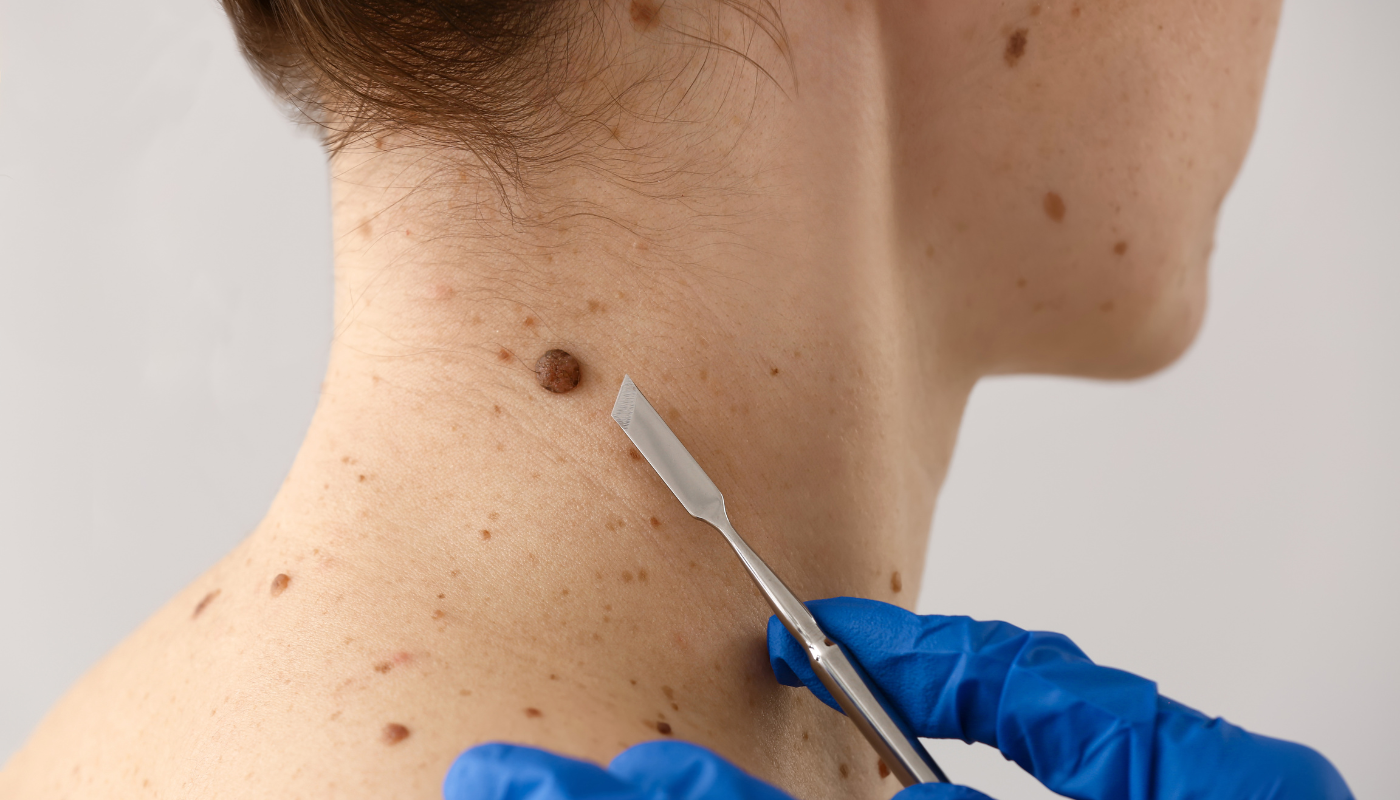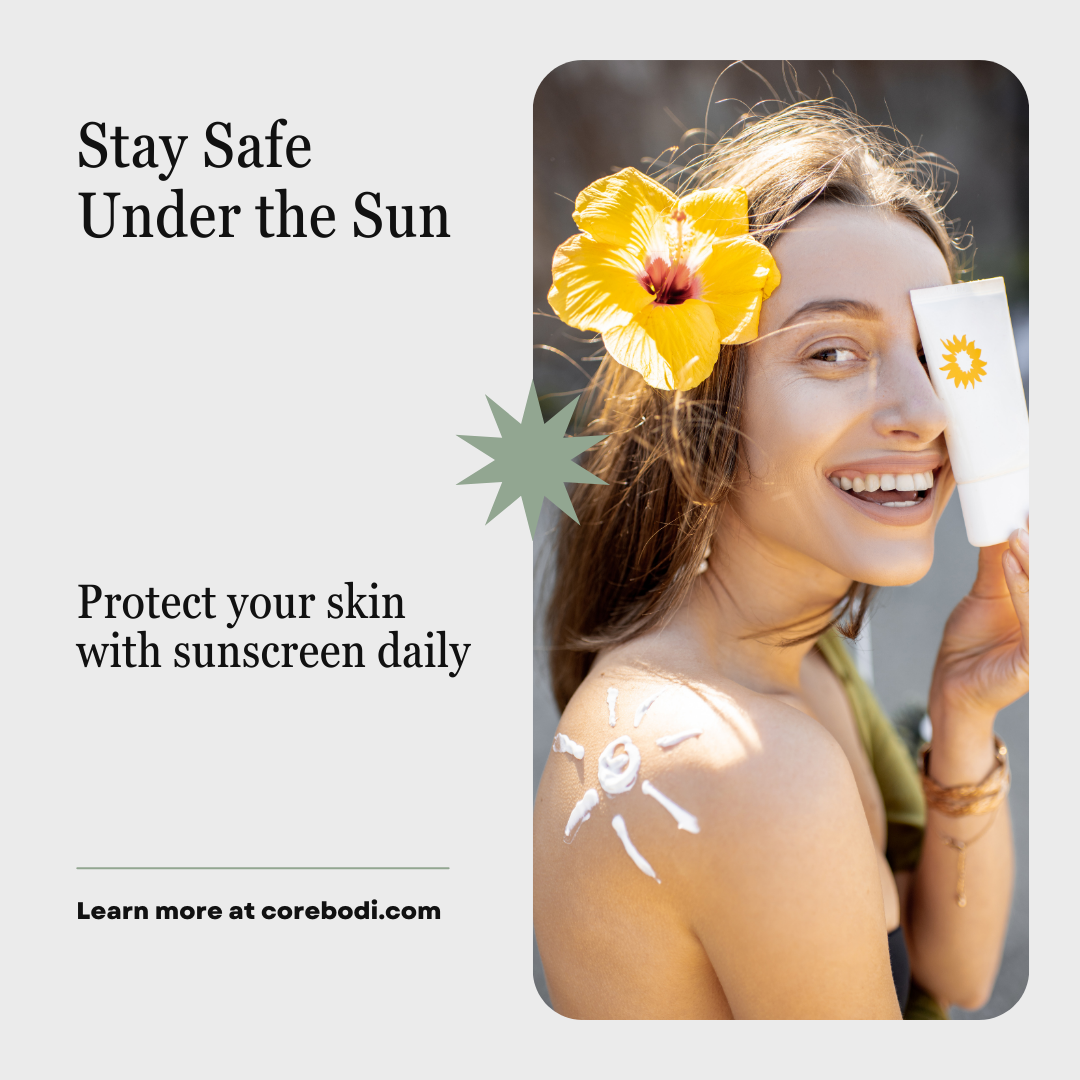Unveiling the Disguise: A Comprehensive Look at Melanoma
A Comprehensive Look at Melanoma

Amidst a sea of moles, freckles, and blemishes on our skin, the deadly melanoma often lurks unnoticed until it's too late.
Our skin, the largest organ, often tells tales about our health, and recognising ominous signs early on can be a lifesaver. The pertinence of early detection and understanding of melanoma cannot be overstressed.
This article endeavors to educate you on identifying melanoma by meticulously examining its appearance and changes over time.
Understanding Melanoma
Melanoma, a form of skin cancer that originates in melanocytes, is infamous for its aggressive nature and its ability to spread rapidly to other parts of the body.
The alarming rise in melanoma cases globally accentuates the paramount importance of early detection and intervention.
A brief excursion into statistics reveals a grim scenario. According to statistics, the probability of being diagnosed with melanoma has escalated over the past three decades.
Today, melanoma ranks as the 19th most common cancer globally, rendering a clear understanding of its appearance crucial for early detection and successful treatment.
The Many Faces of Melanoma
Representing about 70% of all melanoma cases, superficial spreading melanoma usually manifests as a flat or slightly raised discoloured patch with irregular borders.
On the other hand, nodular melanoma, accounting for about 20% of cases, often appears as a firm, round lump on the skin that's usually black, but can also be red, pink, or gray.
A slow-growing type of melanoma, Lentigo Maligna Melanoma often appears as large, flat, tan or brown spots with darker areas, predominantly affecting older populations.
Unlike other types, Acral Lentiginous Melanoma typically appears on the palms, soles, or under the nails, and is more common in individuals with darker skin tones.
Furthermore, recognising melanoma early hinges upon understanding its visual characteristics.
The ABCDE guideline provides a simple method to differentiate a normal mole from a potentially dangerous melanoma.
In this guideline,
A stands for Asymmetry
B for Border irregularity
C for Colour variation
D for Diameter over 6mm, and
E for Evolving size, shape, or colour.
A mole that changes in size, shape, or colour over time can be a telltale sign of melanoma and warrants immediate medical attention.

Risk Factors and Prevention
Understanding the risk factors of melanoma is crucial in recognising your personal susceptibility and taking the necessary preventive measures.
Factors such as fair skin, a family history of melanoma, excessive sun exposure, and a history of sunburns significantly elevate the risks.
Ultraviolet (UV) radiation from the sun or tanning beds significantly increases melanoma risk, making sun protection a critical preventive strategy.
Adopting measures like wearing sun-protective clothing, applying sunscreen, and seeking shade can markedly diminish risks.
Regular self-examinations and professional skin checks are indispensable in early melanoma detection, potentially saving lives.
By familiarising oneself with the appearance of their skin and regularly monitoring for changes, early detection and treatment become feasible.
The Path Ahead: From Detection to Treatment
Detecting melanoma at an early stage dramatically enhances the chances of successful treatment and survival.
Treatment approaches for melanoma have evolved over the years, and now include surgery, immunotherapy, targeted therapy, chemotherapy, and radiation therapy.
Each treatment regimen is tailored according to the stage and extent of the disease, and sometimes a combination of treatments proves most effective.
The Enlightened Path: Harnessing Awareness to Combat Melanoma
Recapping the key points, the voyage from recognising the sinister face of melanoma to traversing the path of treatment is laden with challenges yet hope.
As we unmask the guise of melanoma, we arm ourselves with the knowledge needed to combat this formidable foe.
The call to action is clear: engage in preventive measures, conduct regular skin checks, and seek immediate medical attention if you notice any suspicious skin changes.
More Skin Tips.
CoreBodi










| Powered by Kaptol Media



